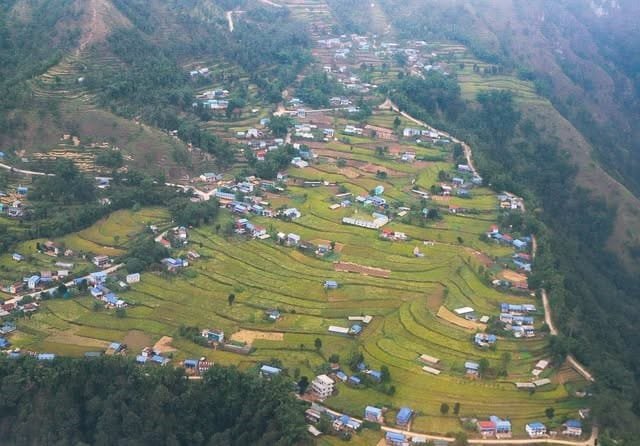Nepal has immense cultural diversity and breathtaking landscapes, making it a treasure trove of destinations. From the bustling streets of the capital to the tranquil lakes of Pokhara and from the sacred temples of Lumbini to the wildlife haven of Chitwan, the country offers experiences that quickly rank among Nepal’s best places to visit. Indeed, as one of Nepal’s top tourist destinations, the Himalayas attracts adventurers, spiritual seekers, and culture enthusiasts worldwide. If you’re looking for a Nepal travel guide that introduces you to every corner of this spectacular nation, you’re in the right place.

In these paragraphs, we will explore places to go in Nepal ie, tourist spots in Kathmandu, detail attractions in Pokhara, delve into the significance of pilgrimage sites in Lumbini, and highlight the thrill of a safari in Chitwan National Park. We’ll also discuss the legendary Annapurna Circuit trek, illuminating the country’s numerous Himalayan trekking routes and cultural heritage sites in Nepal. Along the way, you’ll find actionable insights, data-backed pointers, and success stories from travelers who have discovered Nepal as an unforgettable gem. By the end, you’ll have a comprehensive list of Nepal’s best places to visit, ideally suited for designing your dream itinerary.
Table of Contents
Why Nepal Captivates the Globe
A Country of Contrasts
Nepal is often described as a kaleidoscope of vibrant cultures, towering mountains, and centuries-old architecture. Despite its relatively small geographic area, the elevation ranges from just 60 meters above sea level to the summit of Mount Everest at over 8,848 meters. This variation fosters incredible diversity in ecosystems: lush tropical jungles in the south, rolling hills in the center, and the rugged Himalayan range in the north.
These geographic and cultural contrasts make Nepal a haven for explorers. You can spend one day touring ancient palaces in Kathmandu and trekking through remote highlands in the same region the next day. This rich tapestry of experiences cements Nepal’s status as a prime destination for adventure tourism and ensures that no two trips are ever alike.
Gateway to UNESCO World Heritage Sites
Few travelers realize just how many UNESCO World Heritage sites in Nepal exist in such proximity. From the Pashupatinath Temple and Boudhanath Stupa in Kathmandu to the birthplace of Lord Buddha in Lumbini, the country flaunts a historical and spiritual depth that few nations can rival. According to UNESCO, seven cultural sites in the Kathmandu Valley alone hold the prestigious World Heritage designation, underscoring Nepal’s rich cultural tapestry.
These heritage sites are not mere relics of the past; they remain vital centers of worship and community gatherings. Observing local devotees, hearing evening prayers echo through temple courtyards, and participating in vivid festivals provide intimate glimpses into a timeless way of life.
Kathmandu Tourist Spots: The Epicenter of History and Culture
Exploring Kathmandu Durbar Square
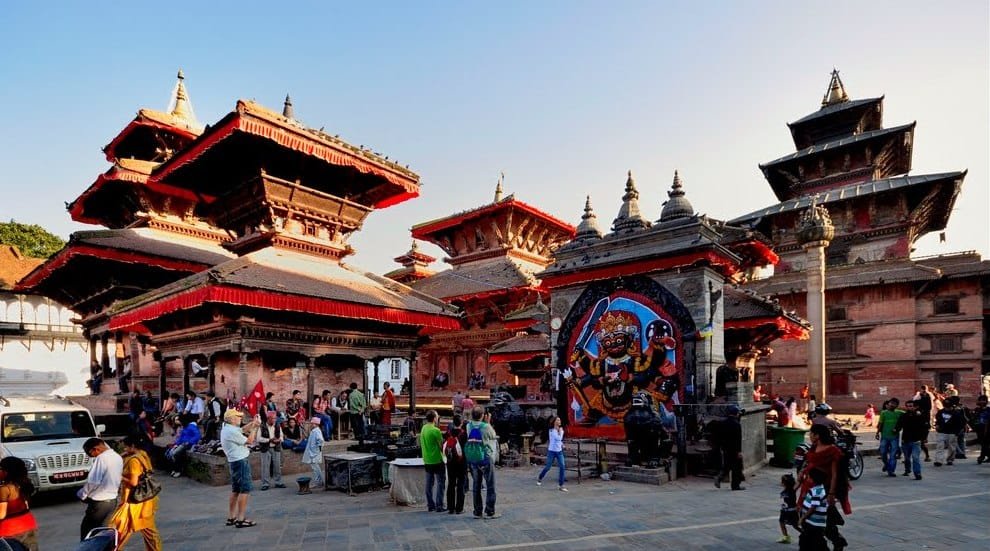
One of the top tourist destinations in Nepal is the ancient Kathmandu Durbar Square. Formerly the seat of Nepal’s ruling dynasties, this area is a UNESCO World Heritage site brimming with palaces, shrines, and intricately carved wooden facades. Although an earthquake in 2015 caused damage, restoration efforts have breathed new life into the area. Today, strolling among the medieval courtyards and witnessing daily rituals feels akin to stepping back into history.
- Key Attractions: Hanuman Dhoka Palace, Taleju Temple, the distinctive Kala Bhairava statue, and Kumari Ghar (the house of the living goddess).
- Insider Tip: Visit early in the morning to witness residents performing religious offerings, or come later to soak up the bustle of souvenir vendors and street musicians.
Swayambhunath Stupa (The Monkey Temple)
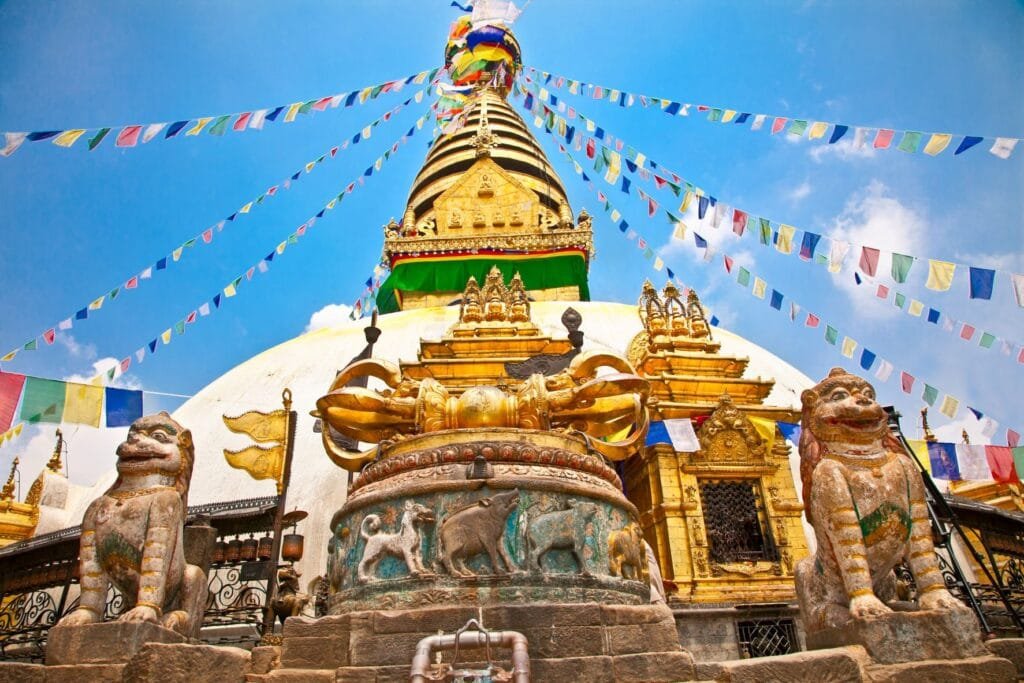
Perched atop a hill overlooking Kathmandu, Swayambhunath Stupa is one of the holiest Buddhist sites in Nepal. The dome and spire, adorned with the painted eyes of Buddha, have stood for over 2,000 years. Locals affectionately refer to it as the Monkey Temple due to the spirited troops of monkeys that inhabit the area. For an enchanting experience, approach the stupa from the eastern stairway at dawn, when spiritual chanting and prayer rituals fill the crisp morning air.
Pashupatinath Temple and Boudhanath
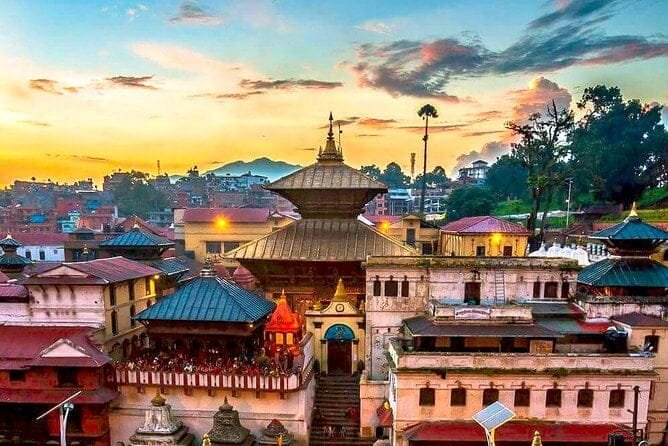

Nepal’s religious mosaic is most evident in two iconic spiritual landmarks: Pashupatinath Temple and Boudhanath Stupa. Pashupatinath stands as the most sacred Hindu shrine dedicated to Lord Shiva. Its temple complex stretches along the Bagmati River, examining Hindu cremation customs and ascetic traditions.
On the other hand, Boudhanath is the largest spherical stupa in Nepal and a magnet for Tibetan Buddhist devotees. Encircled by monasteries and shops selling religious artifacts, this UNESCO World Heritage site welcomes visitors of all backgrounds. Circling the stupa while spinning prayer wheels fosters a sense of peace, even for those new to Buddhist practice.
Pokhara Attractions: Nature’s Lakeside Paradise
Lakeside Leisure
While Kathmandu enchants with its vibrant chaos, Pokhara offers a serene counterpoint. Nestled along the shores of Phewa Lake, Pokhara is a major highlight among the best places to visit in Nepal—particularly if you crave natural beauty and relaxation. Cafes, restaurants, and handicraft shops line the Lakeside area, catering to tourists who come to unwind or plan their next Himalayan trek.
- Activities: Paddle across Phewa Lake, admire Machapuchare’s (Fishtail Mountain) reflection or take a short hike to the World Peace Pagoda. If you’re feeling adventurous, try paragliding or zip-lining from nearby hilltops.
The Gateway to the Annapurna Region
Pokhara also serves as the starting point for numerous Himalayan trekking routes, including the famed Annapurna Circuit trek. Many local tour operators arrange gear, guides, and permits, simplifying the planning process. By day, you can push through forested trails and mountain passes; by evening, you’ll return to the comfortable bustle of Pokhara.
For shorter excursions, Sarangkot Hill is popular for sunrise views. Catching the first light over the Annapurna range is described by many as a spiritual experience. And if you desire even more adrenaline, consider white-water rafting on the Seti or Trishuli Rivers just outside the city.
Cultural and Spiritual Sites
While nature takes center stage in Pokhara, the city also offers cultural experiences. Bindhyabasini Temple stands on a hill overlooking the city, dedicating itself to the Hindu goddess Bhagwati. Another jewel is the Gupteshwor Mahadev Cave near Davis Falls, revered by Hindu worshippers. Walking through the dimly lit caverns leads you to a subterranean shrine, forging a mystical atmosphere.
Lumbini Pilgrimage Sites: The Birthplace of Buddha
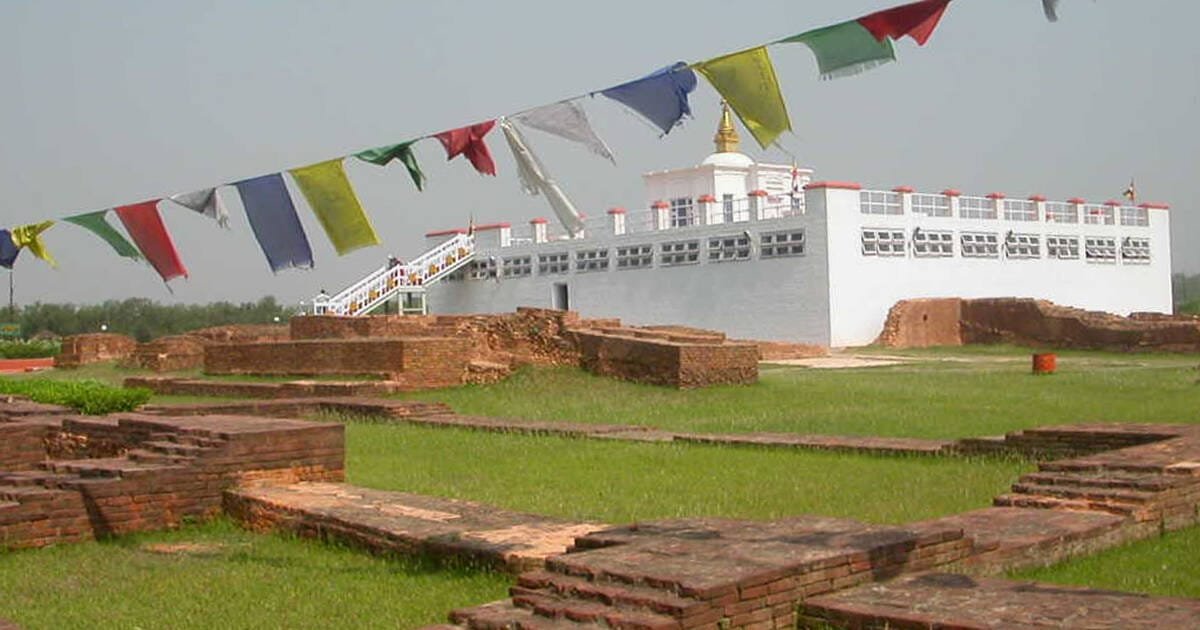
Maya Devi Temple
For spiritual seekers or anyone intrigued by Buddhism, Lumbini sits high on Nepal’s list of places to go. Recognized as the birthplace of Lord Buddha, Lumbini draws pilgrims from around the world. The Maya Devi Temple marks the exact spot of his birth and remains an epicenter of devotion. Archaeological remains, including a marker stone pinpointing Buddha’s birth, underscore the site’s historical authenticity.
- Key Features: Tranquil gardens, ancient ruins, the Ashoka Pillar (erected by Emperor Ashoka in 249 BC), and a sacred pool known as Puskarini, where Buddha’s mother is believed to have bathed before giving birth.
Monastic Zone
A stroll through Lumbini’s Monastic Zone delivers a striking display of international Buddhist architecture. Countries like Thailand, China, Japan, and Myanmar have constructed monasteries that reflect their respective styles. You can attend meditation sessions, interact with resident monks, and immerse yourself in multi-national spiritual traditions, making Lumbini a living museum of global Buddhism.
Cultural and Community Engagement
Though overshadowed by the temple complex, the wider Lumbini area also offers glimpses into local life. Consider homestays or community-run guesthouses to support regional livelihoods directly. Engaging with local families, sampling Nepali home-cooked meals, and participating in village chores can unveil an authentic side of life in Nepal’s southern plains.
Chitwan National Park Safari: Encounters with Wildlife
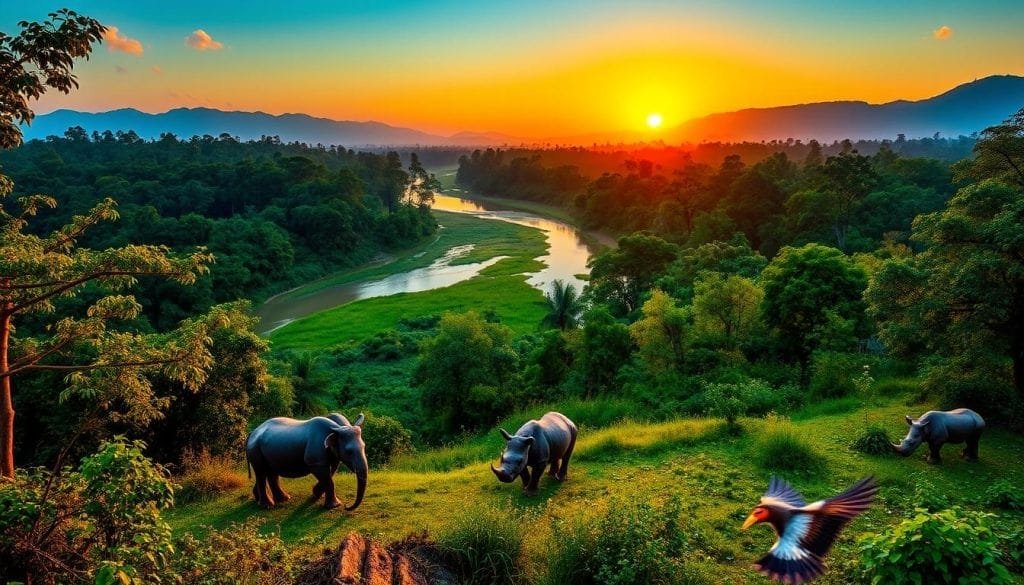
Jungle Adventures
Trekking the Himalayas grabs most headlines, but Nepal’s lowland Terai region brims with lush jungles. The star attraction is Chitwan National Park, a UNESCO World Heritage site widely lauded for its biodiversity. A Chitwan National Park safari allows you to spot the one-horned rhinoceros, Bengal tiger, elephants, and a vibrant bird species.
- Safari Options: Jeep safaris are popular, but consider canoe trips down the Rapti River for up-close views of crocodiles and waterfowl. Alternatively, guided nature walks let you observe smaller fauna and rare flora, albeit with an added excitement—there’s a chance you might catch a glimpse of big mammals on foot.
Tharu Culture and Community Involvement
Beyond the wildlife, the Tharu community has inhabited this region for centuries. Many lodges and eco-resorts incorporate cultural programs, showcasing the Tharu’s distinct dances, songs, and art forms. Community-based tourism initiatives—like local homestays—also ensure that revenue directly benefits the people who have served as stewards of this land for generations.
Conservation Success Stories
Once threatened by rampant poaching, the one-horned rhino population in Chitwan has steadily rebounded. According to recent governmental statistics, strict anti-poaching measures and community engagement played pivotal roles in this success. Witnessing these majestic creatures roam freely exemplifies Nepal’s conservation triumphs and highlights the ongoing need for responsible tourism.
The Annapurna Circuit Trek: A Trekker’s Holy Grail
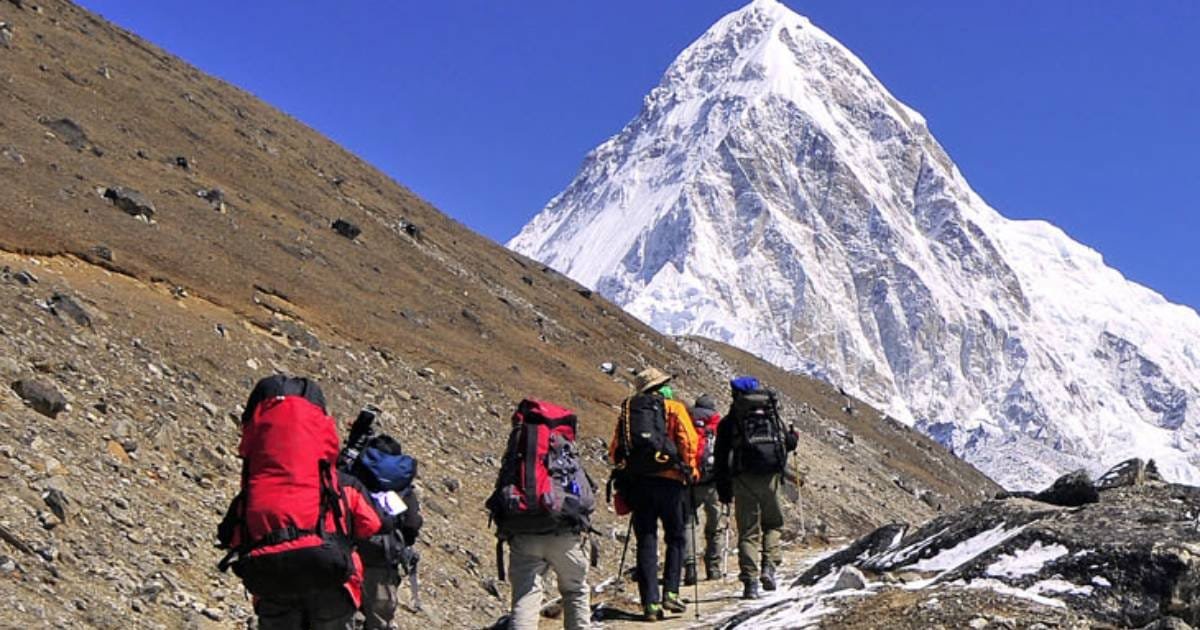
Classic Route Highlights
Among the countless Himalayan trekking routes, the Annapurna Circuit trek holds legendary status. With a route length varying from 160-230 km (depending on your chosen starting and ending points), this circuit circles the Annapurna Massif. The highest pass on the route, Thorong La (5,416 meters), challenges trekkers with oxygen-thin air yet rewards them with unrivaled mountain panoramas.
- Scenic Diversity: From terraced rice paddies in the lower region to pine forests and, eventually, the arid landscapes near Manang, each day reveals new vistas. Towns along the route range from subtropical villages to arid Tibetan-influenced hamlets, offering a cultural mosaic that matches the region’s geographical variety.
Preparation and Permits
If the Annapurna Circuit ranks high on your to-do list, plan thoroughly. While extensive mountaineering experience isn’t mandatory, robust fitness and acclimatization strategies are vital due to the high altitudes. You’ll also need the TIMS (Trekkers’ Information Management System) card and an Annapurna Conservation Area Permit (ACAP).
Considering the trek’s popularity, teahouse lodges line the trail, offering basic accommodations and hearty Nepali meals like dal bhat (rice and lentil soup). Interacting with fellow trekkers in communal dining halls fosters camaraderie and a sense of global community that transforms your journey into more than just a physical challenge.
Alternate Routes and Side Trips
Annapurna Circuit routes have evolved over the years, especially with the construction of roads that shorten the classic path. However, side treks like the Tilicho Lake extension or the Nar-Phu Valley route preserve the circuit’s rugged appeal. These detours often lead to remote Tibetan-Buddhist villages or hidden lakes perched at high altitudes, amplifying the trek’s mystical quality.
More Top Tourist Destinations in Nepal
Bandipur: A Heritage Town on a Hill
Bandipur is a living museum of Newari culture for those seeking off-the-beaten-path locales. Perched atop a ridge in central Nepal, it offers panoramic views of the Himalayan range—plus an escape from bustling city life. Its preserved architecture and pedestrian-only main street evoke an old-world charm rarely found in modern times.
Nagarkot and Dhulikhel: Sunrise Views Near Kathmandu
Just a few hours’ drive from the capital, Nagarkot and Dhulikhel boast spectacular Himalayan vistas. Nagarkot, in particular, is famed for its sunrise over Everest on clear mornings. Dhulikhel’s vantage points and village walks also appeal to travelers looking for a short getaway, replete with scenic trails and local hospitality.
Janakpur: Heart of Mithila Culture
Often overlooked by mainstream tourism, Janakpur is revered by Hindus as the birthplace of Sita. Made of Mughal and Koiri architectural styles, Janaki Temple is a significant pilgrimage site. Its vibrant festivals, especially during Ram Navami, offer insight into Mithila’s colorful tapestry of arts and traditions.
Nepal Cultural Heritage Sites and Adventure Tourism
Blend of Tradition and Thrill
Nepal seamlessly marries ancient customs with heart-pounding escapades. Rafting down the Bhote Koshi, bungee jumping near the Tibetan border, and paragliding in Pokhara highlight the Nepal adventure tourism scene. Meanwhile, centuries-old festivals like Dashain and Tihar connect visitors to the region’s deeply rooted spirituality.
UNESCO World Heritage Sites in Nepal
Apart from Kathmandu Valley’s multiple sites, notable spots include Sagarmatha National Park in the Everest region and Chitwan National Park in the Terai. Each UNESCO designation underscores the ecological and cultural importance of these terrains. Sagarmatha National Park, for instance, protects the unique Sherpa culture alongside the world’s highest peaks.
Responsible Travel and Conservation
With the rise in tourism, Nepal grapples with challenges like waste management on trekking routes and commercial exploitation of wildlife habitats. Organizations work with local communities to manage waste, minimize plastic usage, and foster eco-friendly trekking. By choosing ethical tour operators, travelers can help preserve the majestic landscapes that make Nepal captivating.
Seven Frequently Asked Questions (FAQs)
- What are the best places for first-time travelers?
M will visit Nepal. First-timers focus on Kathmandu tourist spots, Pokhara attractions, and a short trek around the Annapurna region. Adding Chitwan National Park safari or Lumbini pilgrimage sites is a quintessential Nepal experience. - How many days should I plan to travel to top tourist destinations in Nepal?
At least 7-10 days for an overview (Kathmandu, Pokhara, Chitwan) and 2-3 weeks, including a long trek like the Annapurna Circuit trek. - Is Nepal safe for solo travelers, especially women?
Generally, yes. Exercise common-sense precautions: avoid unlit areas at night, use reputable trekking agencies, and consider local guides for remote routes. - When is the best season to visit Nepal?
Autumn (September-November) and spring (March-May) offer clear skies and moderate weather, ideal for trekking and sightseeing. However, winter and monsoon also provide unique, quieter experiences. - Do I need a guide for Himalayan trekking routes?
While not mandatory for every route, guides enhance safety and cultural insight. Popular routes like Everest Base Camp or Annapurna often have well-marked trails, but local knowledge can be invaluable. - How can I obtain trekking permits in Nepal?
Permits are usually procured in Kathmandu or Pokhara from official offices. Many trekking agencies handle the paperwork for you when you book a trek. - Are credit cards widely accepted, or should I carry cash?
In major cities like Kathmandu and Pokhara, cards are accepted in hotels and restaurants. However, remote trekking areas primarily rely on cash (Nepali Rupees). ATMs are less common outside central cities.
Success Stories and Testimonials
Trekking Triumphs
Ana, a Spanish backpacker, recounts her transformation during the Annapurna Circuit. She says, “What began as a physical challenge evolved into a journey of self-discovery. Every step introduced me to another facet of Nepal—be it a kind villager offering tea or a mountainscape that defied photography.”
Cultural Immersion
Arjun, a U.S. student studying Buddhist philosophy, found Lumbini life-changing. “Spending evenings in monastic centers, discussing compassion and mindfulness with people from 20 different nations—it awakened a sense of global unity I never knew was possible.”
Wildlife Wonders
An Australian traveler, Mia, arrived in Chitwan skeptical about seeing big animals. She left with reverence for the region’s conservation efforts. “Gliding in a canoe at sunrise, I spotted a rhino bathing in the river. It was a reminder of how precious and fragile our planet’s biodiversity truly is.”
These personal narratives exemplify how each place to go in Nepal resonates differently. Some find spiritual solace, others chase adrenaline, but almost everyone leaves with an elevated perspective of life and humanity.
Practical Tips for Navigating Nepal
Transportation
- Domestic Flights: Frequent flights link Kathmandu to Pokhara, Lukla, and other regional airports. Book in advance during peak trekking seasons.
- Buses: “Tourist buses” from Kathmandu to Pokhara or Chitwan are popular, though local buses are cheaper but less comfortable.
- Private Cars/Jeep: Ideal for a flexible itinerary, especially if you’re traveling in a group. Road conditions can be bumpy in mountainous areas, so allocate extra travel time.
Accommodation
- Teahouses: Common along trekking routes. Simple yet welcoming, with basic rooms and communal dining.
- Hotels and Hostels: Kathmandu and Pokhara offer budget- to luxury-level options. Book early during the high season.
- Homestays are growing in popularity, especially in smaller towns. They immerse guests in local customs and cuisine.
Food and Dining
- Local Cuisine: Dal Bhat (lentil soup with rice) is the national staple, often refilled generously. Momos (dumplings) are ubiquitous, with fillings like meat or vegetables.
- Water and Hygiene: Stick to boiled or purified water. Many guesthouses sell filtered water to reduce plastic waste.
- Dietary Restrictions: Vegetarian and vegan meals are widely available, especially in tourist-friendly areas.
Creating Your Nepal Travel Guide Itinerary
One-Week Highlights
- Day 1: Arrive in Kathmandu and explore Durbar Square and Swayambhunath.
- Day 2: Early flight to Pokhara, enjoy Phewa Lake, World Peace Pagoda.
- Day 3: Drive to Nayauand l, begin a short trek to Ghandruk (Annapurna foothills).
- Day 4: Trek to Tadapani or other scenic vantage points. Overnight at a teahouse.
- Day 5: Return to Pokhara, relax, or try paragliding.
- Day 6: Bus to Chitwan, evening Tharu culture program.
- Day 7: Morning safari, afternoon transfer back to Kathmandu, or onward travel.
Two-Week Journey
- Days 1-2: Kathmandu cultural immersion (Pashupatinath, Boudhanath, Patan Durbar Square).
- Days 3-8: Embark on the short version of the Annapurna Circuit or a moderate trek like Mardi Himal.
- Days 9-10: Relax in Pokhara, explore local cafes, yoga classes, or adventure sports.
- Days 11-12: Travel to Lumbini, visit Maya Devi Temple, and tour monastic zones.
- Days 13-14: Return to Kathmandu, finalize shopping, or extend for a day trip to Nagarkot.
This modular approach lets you select the places to visit in Nepal that best suit your interests, fitness levels, and schedules.
Budgeting and Travel Seasons
Peak vs. Off-Peak
Nepal’s high season typically falls in spring (March-May) and autumn (September-November). Clear mountain vistas, comfortable weather, and significant festivals lure big crowds. Hotel rates and trekking services typically spike during these months, so booking early is wise.
Off-peak months—primarily the monsoon (June-August) and winter (December-February)—see reduced prices, fewer tourists, and unique experiences like monsoon greenery or quieter trekking trails. However, roads might be challenging, high passes could be closed, and views may be obstructed by clouds or snowfall.
Cost Estimates
- Backpacker: USD 20-30 per day, relying on budget accommodations, local buses, and simple meals.
- Mid-Range: USD 40-60 per day, including comfortable hotels, tourist buses, short domestic flights, and occasional restaurant meals.
- Luxury: USD 100+ per day, featuring four- or five-star hotels, private transportation, and curated experiences (like helicopter tours to Everest Base Camp).
Keep extra cash in remote regions, as ATMs can be scarce or unreliable. Also, carry small denominations for tips, street shopping, and porter services on trekking routes.
Conclusion: Embrace the Magic of Nepal
Nepal offers endless opportunities to rediscover wonder, from the ephemeral glow of a Himalayan sunrise to the timeless chants in an ancient stupa. Indeed, no list of places to go in Nepal can fully capture the country’s spirit. Yet, these highlights—Kathmandu tourist spots, Pokhara attractions, Lumbini pilgrimage sites, the wilds of a Chitwan National Park safari, or the life-altering challenge of an Annapurna Circuit trek—are sure to ignite your travel dreams.
Whether you’re a trekker craving high passes, a seeker drawn to meditative shrines, or a cultural explorer eager for dynamic festivals, Nepal has a journey that speaks directly to your heart. The tapestry of Nepal’s cultural heritage sites, the lure of Himalayan trekking routes, and the promise of spiritual connection converge in the shadow of the world’s tallest mountains.
Call to Action: Volunteers Initiative Nepal (ViN)
Beyond sightseeing and personal adventures, you can leave a meaningful footprint in this enchanting land. Volunteers Initiative Nepal (ViN) provides enriching avenues for you to contribute to grassroots initiatives across education, healthcare, environment, and community development. Here’s how you can get involved:
- Volunteer: Share your skills to empower local communities—teach English, support women’s cooperatives, or join conservation programs.
- Intern: Gain real-world experience in sustainable development, public health, or social work.
- Donate: If time is a constraint, your financial help can fuel long-term projects, from school infrastructures to clean water systems.
- Spread the Word: Share this article or discuss ViN’s mission with friends, family, and travelers.
Embrace Nepal’s spirit, not just by witnessing its splendor but by actively contributing to its progress. Your adventure can transcend from a simple holiday to an inspiring chapter in local empowerment.
❓ Have Questions? We have answers! Contact our team today.


